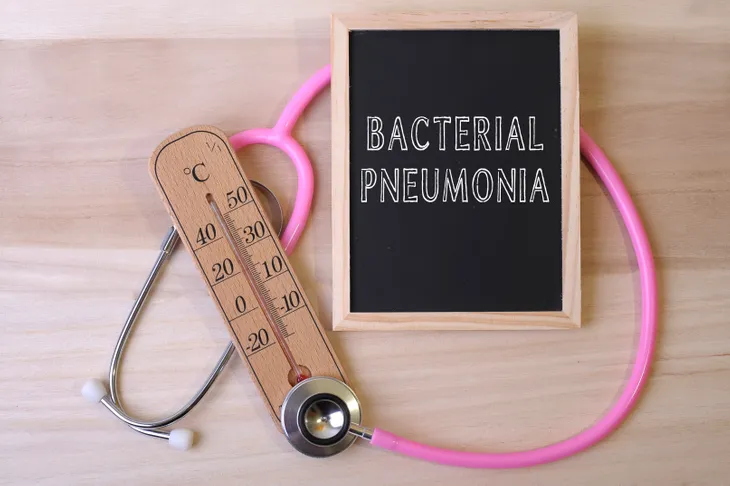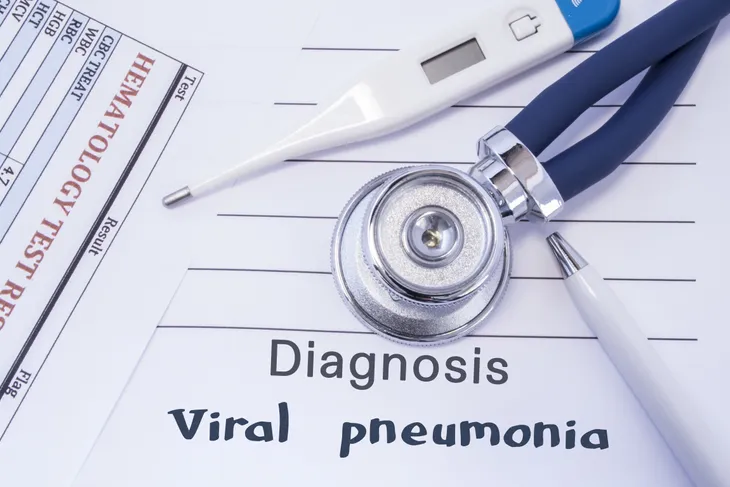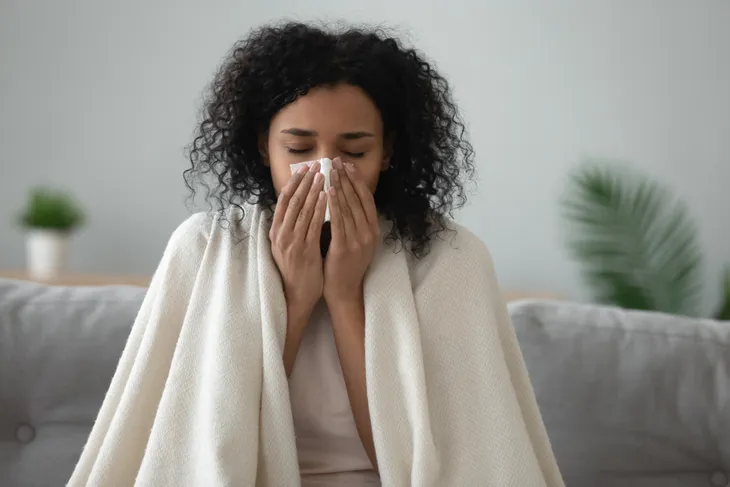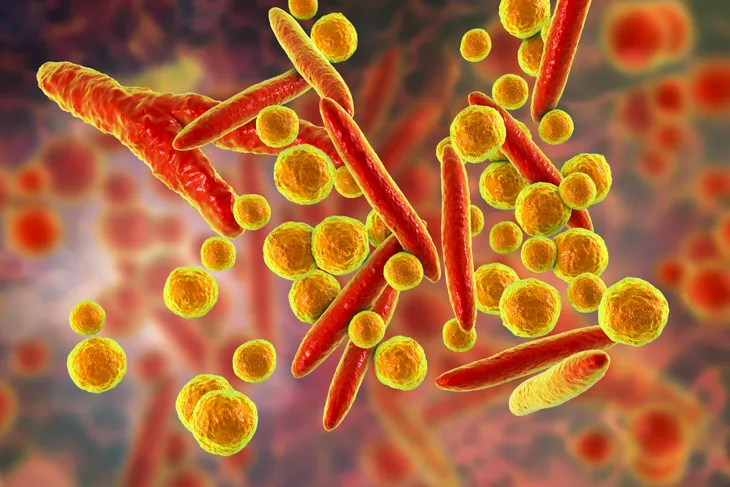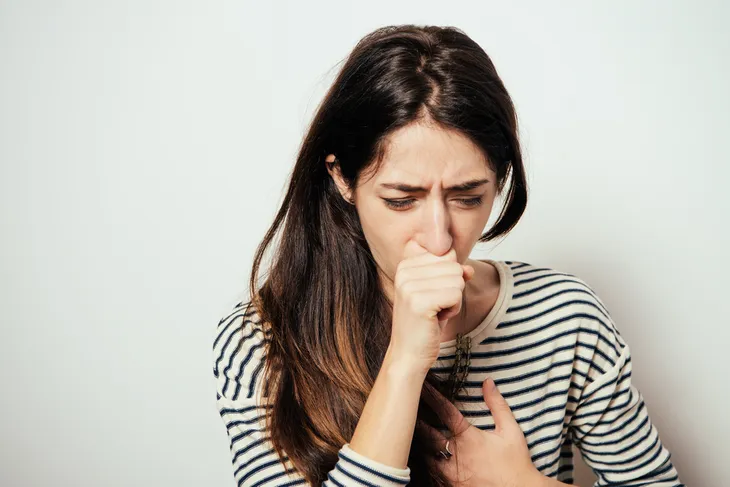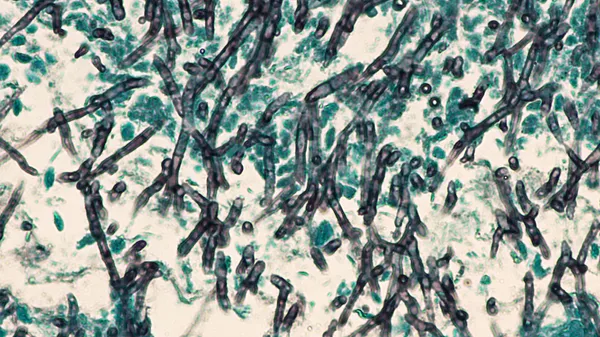Pneumonia is when one or both of the lungs become infected, causing inflammation in the air sacs of the lungs, known as the alveoli. When these alveoli are infected, they can fill with pus or fluid, which makes it difficult to breathe.
Pneumonia isn’t one single condition, however, there are a variety of different types that are classified based on what caused the infection, where it was contracted, or how it was acquired. In this article, we’ll be looking at the five major types of pneumonia.
Bacterial Pneumonia
This type of pneumonia is caused by—you guessed it—bacteria. The most common strain is Streptococcus pneumonia, however, it can also be caused by four other strains. Chlamydophila pneumoniae is one of those possible strains and typically causes mild pneumonia. It’s also most common in individuals older than 40-years of age.
Legionella pneumophila is another possible type of bacteria. It grows in “man-made water systems including hot tubs, plumbing systems, and cooling towers, ” says Verywell Health. This strain leads to a serious type of pneumonia, called Legionnaires disease.
Further, Mycoplasma pneumoniae may also cause bacterial pneumonia and is commonly found in crowded living spaces such as prisons or college dorms. Finally, Haemophilus influenzae may also cause bacterial pneumonia but is more likely to affect individuals with certain lung conditions, such as chronic obstructive pulmonary disease COPD or cystic fibrosis.
Common Symptoms and Risk Factors of Bacterial Pneumonia
According to Johns Hopkins University, this type of pneumonia generally occurs “when the body is weakened in some way, such as by illness, poor nutrition, old age, or impaired immunity, and the bacteria are able to work their way into the lungs.” It can affect people of any age, but the source says those who smoke, abuse alcohol, or have respiratory illness or infection are at greater risk.
Common symptoms of bacterial pneumonia can include fever, chest pain, and an increased heart rate.
Treating Bacterial Pneumonia
Bacterial pneumonia can be serious. In some cases, it can lead to complications such as septic shock (a bacteria blood infection). Unfortunately, bacteria infections can progress rapidly so it’s important that you treat your symptoms as soon as possible.
Bacterial pneumonia is often treated with antibiotics. Be sure to follow the directions of your doctor and take your medication as prescribed.
Viral Pneumonia
Viral pneumonia is among the most common types of pneumonia, as Dr. Joseph Mercola says it accounts for approximately one-third of all cases. As its name implies, respiratory viruses—such as influenza, chickenpox, adenoviruses, or respiratory syncytial—are what causes the condition.
Viral pneumonia is contagious, which the source says can be caught “via coughing, sneezing or touching an object that was contaminated by an infected person,” and it is characterized by swollen lungs and blocked oxygen flow.
Causes of Viral Pneumonia
Viral pneumonia can be caused by a variety of different things such as the common cold, flu viruses, or respiratory syncytial virus (RSV).
Although Verywell Health points out that if you develop one of those viral infections, you won’t always develop pneumonia. That said, it’s still important to be on the lookout for the common signs of pneumonia, such as shortness of breath. Contact your doctor right away if this develops.
Treating Viral Pneumonia
The good news is viral pneumonia is usually mild. Most individuals can recover at home in about 2 to 3-weeks and without medical intervention.
Verywell Health says antibiotics will not work against viral pneumonia. The best thing to do to help treat viral pneumonia is to get plenty of rest and drink plenty of fluids.
Mycoplasma Pneumonia
This condition is caused by Mycoplasma pneumoniae, which Healthline.com says is not a virus or a bacteria, but “has traits common to both.” Mycoplasma pneumonia, which is also referred to as atypical or walking pneumonia, can affect people of all ages but is particularly common in those less than 40 years old.
It is often quite mild but can be passed from person to person through respiratory fluids.
Common Symptoms of Mycoplasma Pneumonia
While symptoms of this infection can differ greatly among each individual who is infected, a dry cough is common.
Walking pneumonia can also cause other unpleasant symptoms such as a sore throat, fever, body aches, weakness, fatigue, headache, vomiting, and loss of appetite. Most symptoms resolve within 5-days, however, some individuals experience a cough for a month or more.
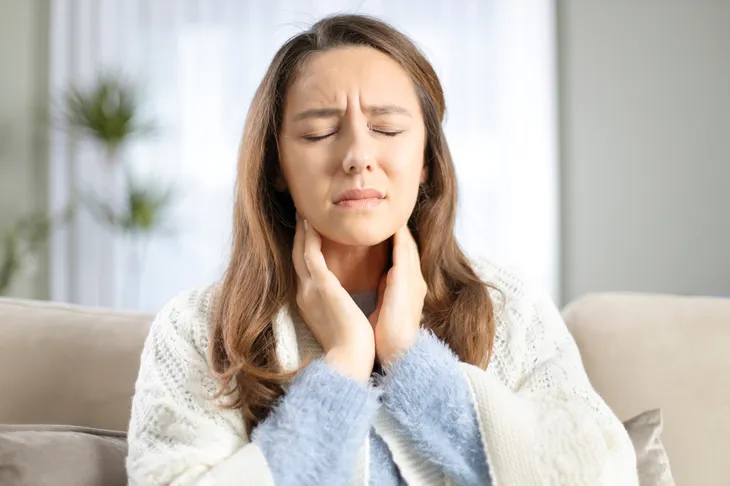 Ahmet Misirligul / Shutterstock
Ahmet Misirligul / ShutterstockSymptoms Can Vary
It’s also worth mentioning that your symptoms can vary depending on where the infection is. Healthline explains “for example, an infection in the upper respiratory tract may be more likely to cause a sore throat, cough, and/or runny nose.” Whereas if you have a lower respiratory infection, you may experience symptoms such as shortness of breath, coughing, and wheezing.
Symptoms may also differ in children. They can still experience the same symptoms as adults, however, they “may also develop infections in their ears, sinuses, and/or upper airway (croup),” explains the source. Healthline also says children with walking pneumonia typically feel “very tired and run down.”
Treatment
First, if you think you might have walking pneumonia you should contact your doctor right away. Your doctor may be able to prescribe antibiotics to treat it.
Mild cases can typically be managed at home with at-home treatments such as getting plenty of rest. Drinking lots of fluids and using a humidifier or taking a warm bath may also be beneficial. But it’s still a good idea to get it checked out by your doctor and follow their directions.
Aspiration Pneumonia
Aspiration pneumonia results from the inhalation of food, fluids, gases, or dust lead into the lungs, resulting in inflammation and infection. It may also be referred to as necrotizing pneumonia, anaerobic pneumonia, aspiration pneumonitis, or aspiration of vomitus.
According to the U.S. National Library of Medicine, this type of pneumonia is characterized by symptoms such as difficulty swallowing, shortness of breath, chest pain, and fever. Aspiration pneumonia is more likely to affect people who are older, as well as those who abuse alcohol, or individuals who have been sedated or received general anesthesia.
Treating Aspiration Pneumonia
It’s vital that you seek treatment right away if you’ve inhaled chemicals. Aspiration pneumonia can lead to chronic lung problems.
Verywell Health says, “the treatment for aspiration or chemical pneumonia will depend on what substance you inhaled, and whether it is able to be removed from the lungs.”
 novak.elcic / Shutterstock
novak.elcic / ShutterstockFungal Pneumonia
Fungal pneumonia occurs due to exposure to certain fungi, such as those from soil or bird excrement, says Healthline.com. It is a fairly rare condition in the United States, most often affecting those with an impaired immune system, such as those with HIV or AIDS. According to Dr. Joseph Mercola, however, it is far more common in Mexico, as well as South American and African countries.
Livestrong.com indicates the symptoms associated with fungal pneumonia are similar to those of other types, including a cough, trouble breathing, fever, fatigue, and weight loss.
Treating Fungal Pneumonia
In many cases, fungal pneumonia is serious. Verywell Health points out that it’s often serious because the individuals who are most susceptible to it have typically had other health concerns too.
To treat fungal pneumonia doctors usually prescribe antifungal medication. If you develop the symptoms of this type of pneumonia be sure to contact your doctor right away.

